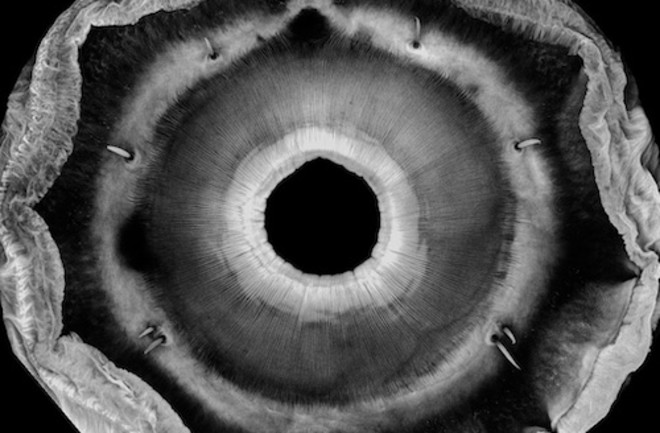This suction cup, laser-scanned with a high-resolution microscope, belongs to a larva of a net-winged midge. The aquatic insect lives in alpine streams, in rivers and below waterfalls, where it uses these adhesive organs to stick to rocks with ease. But what makes these supercharged suction cups stay put as the baby flies are blasted by cascading water, sometimes with a pressure greater than 600 times their body weight? An international team led by researchers from the University of Cambridge wants to know, too. They’re studying the sticky suckers to inspire ideas for new, bioengineered suction cups that can cling to different surfaces — even ones that are rough and wet.
This story originally appeared in print in our June 2020 issue. Subscribe to Discover for more stories like this.

